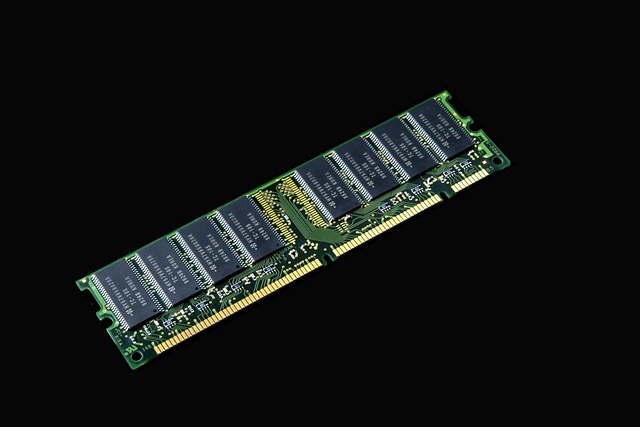
Unlocking the Potential: Exploring Memory Slot Upgrades in IT Hardware
In today’s fast-paced digital landscape, the demand for enhanced performance and efficiency in IT hardware has never been greater. Among the various components that contribute to a system’s capability, the memory slot stands out as a critical element in upgrading your IT setup. Understanding how memory slots function can open new doors to improved performance, allowing you to unlock the full potential of your computing experience.
Memory slots are the gateways through which your computer accesses and utilizes RAM (Random Access Memory). This important component plays a vital role in determining how swiftly and efficiently your machine can handle tasks. As workloads increase and applications become more demanding, upgrading your memory capacity via these slots can provide a noticeable boost to system performance.
When exploring memory slot upgrades, it’s essential to be aware of the specific type of RAM your system supports. Each memory slot is designed to accommodate specific RAM configurations, and understanding the compatibility of your hardware is crucial. For instance, DDR4, DDR5, or older versions like DDR3 will influence your choice when seeking enhancements. Always refer to your motherboard’s documentation, as it often contains valuable specifications regarding the maximum supported memory size and speed.
Moreover, the configuration of memory slots also plays a role in overall performance. Dual-channel configurations allow for increased bandwidth by utilizing two memory sticks in tandem, effectively doubling the amount of data that can be accessed simultaneously. This configuration not only maximizes the efficiency of your system but also enhances multitasking capabilities, which are essential for IT professionals juggling multiple applications and processes.
As technology advances, the implications of memory slot upgrades extend beyond simply having more RAM. With an increase in available memory, your system can cache more data, reduce loading times for applications, and seamlessly manage larger files. This aspect is particularly beneficial in IT environments where time is critical, and delays can lead to decreased productivity.
Furthermore, for those involved in heavy computational tasks such as data analysis, software development, or graphic design, the advantages of sufficient memory capacity become even more pronounced. Systems burdened with limited RAM often fall victim to slowdowns, leading to frustrating interactions and inefficiencies. By adding or upgrading memory slots, you can create a responsive and capable environment where creativity and productivity can flourish.
In addition, budget-conscious IT professionals will find that upgrading memory is a cost-effective way to extend the lifespan of existing hardware. Instead of investing in an entirely new system, optimizing memory slots can rejuvenate older machines, making them suitable for contemporary tasks without the strain of older specifications.
As we journey deeper into the realms of artificial intelligence, machine learning, and big data, the necessity for enhanced computing power through effective memory management will only grow. By understanding and leveraging memory slots, you make a proactive choice towards not only improving your current IT infrastructure but also preparing for future technological advancements.
Whether you are a seasoned IT expert or a casual computer user, recognizing the potential that memory slot upgrades hold is essential. It’s about transforming your device from a mere machine into a powerful tool that keeps pace with the ever-evolving demands of today’s digital world. Take the first step in unlocking potential by evaluating your current memory configuration and exploring opportunities for enhancement—you’ll be glad you did.



